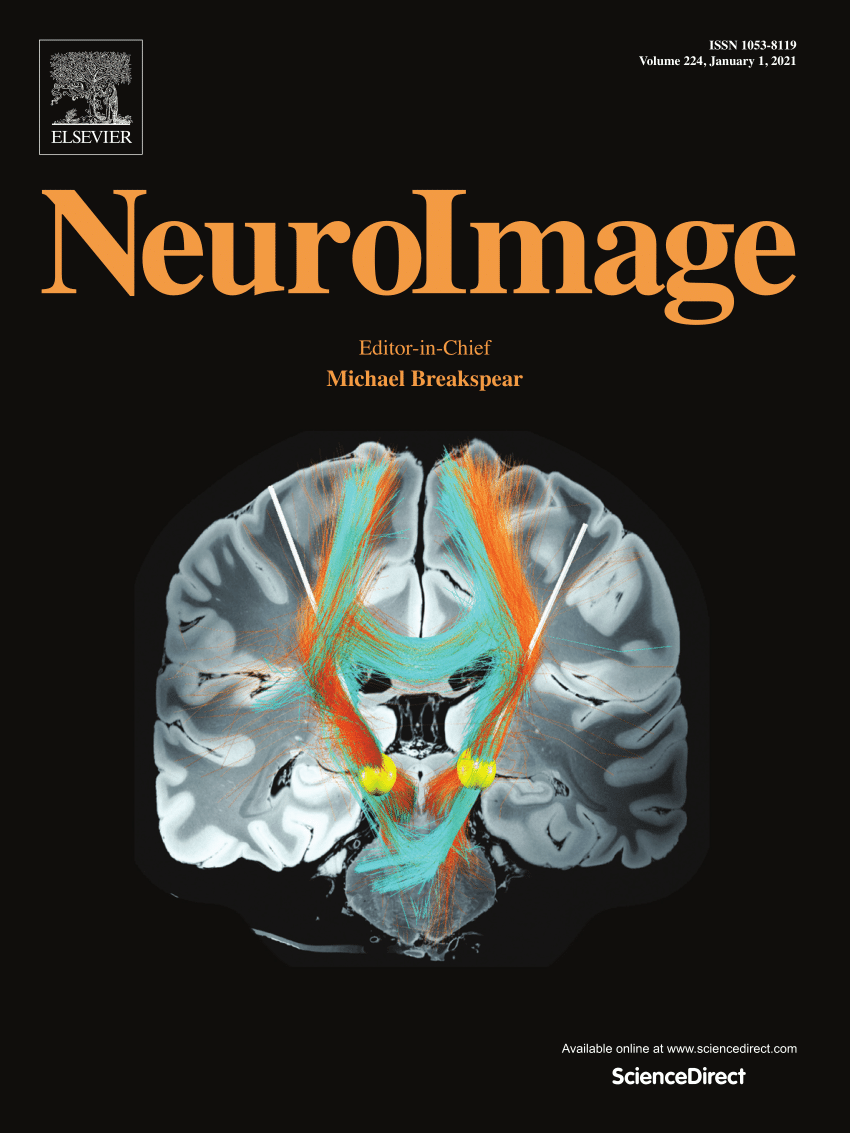Stimulation of the anterior thalamus modulates behavior in multiple cognitive domains
IF 4.7
2区 医学
Q1 NEUROIMAGING
引用次数: 0
Abstract
Background
Deep Brain Stimulation (DBS) of the ATN (Anterior Thalamic Nuclei) has been used to treat refractory epilepsy. Despite the fact that the ATN plays a crucial role in various cognitive functions, including emotional processing, memory, and spatial navigation, there is limited understanding of the effects of ATN-DBS across multiple cognitive domains.
Objective
In order to gain insight into the variability in the cognitive outcome of DBS across tasks and individuals, we investigated effects of ATN-DBS on multiple cognitive functions within the same patients and stimulation parameters.
Methods
Eleven patients with refractory epilepsy performed four cognitive behavioral tasks: Emotional Attention Network, Emotional Face Categorization, Word Recognition, and Head Direction. In each task, reaction time, emotional response, or accuracy was measured under on- and off-DBS conditions. Volumes of tissue activated (VTA) were also estimated to investigate target-specific effects on cognition.
Results
ATN-DBS facilitated attention following the presentation of a negative visual stimulus and increased the inclination to perceive a face as expressing an emotion. Furthermore, ATN-DBS disrupted the precision of head direction in the absence of visual cues. Although overall word recognition memory appeared unaffected by ATN-DBS, individual performance changes depended on the location of VTAs. Interestingly, modulation in one cognitive domain did not consistently result in changes in other domains.
Conclusions
ATN-DBS can influence human behavior across multiple cognitive domains, but with varying degrees of individual difference across tasks. The findings emphasize the complexity of the ATN in its involvement in human cognition and provide novel insight into individualized methods for neuromodulation.
求助全文
约1分钟内获得全文
求助全文
来源期刊

NeuroImage
医学-核医学
CiteScore
11.30
自引率
10.50%
发文量
809
审稿时长
63 days
期刊介绍:
NeuroImage, a Journal of Brain Function provides a vehicle for communicating important advances in acquiring, analyzing, and modelling neuroimaging data and in applying these techniques to the study of structure-function and brain-behavior relationships. Though the emphasis is on the macroscopic level of human brain organization, meso-and microscopic neuroimaging across all species will be considered if informative for understanding the aforementioned relationships.
 求助内容:
求助内容: 应助结果提醒方式:
应助结果提醒方式:


